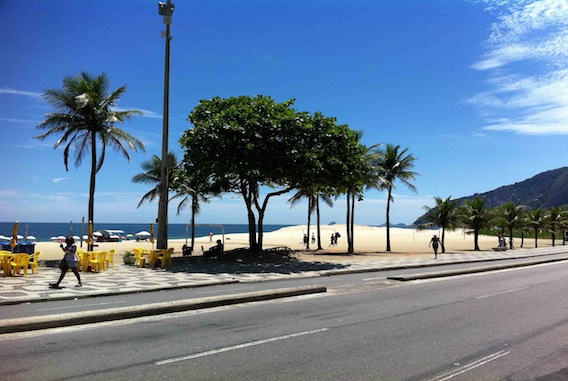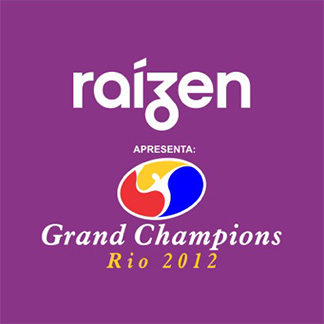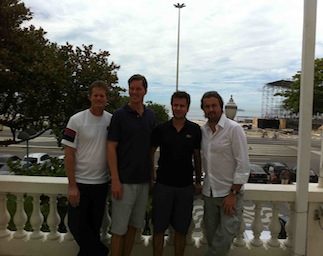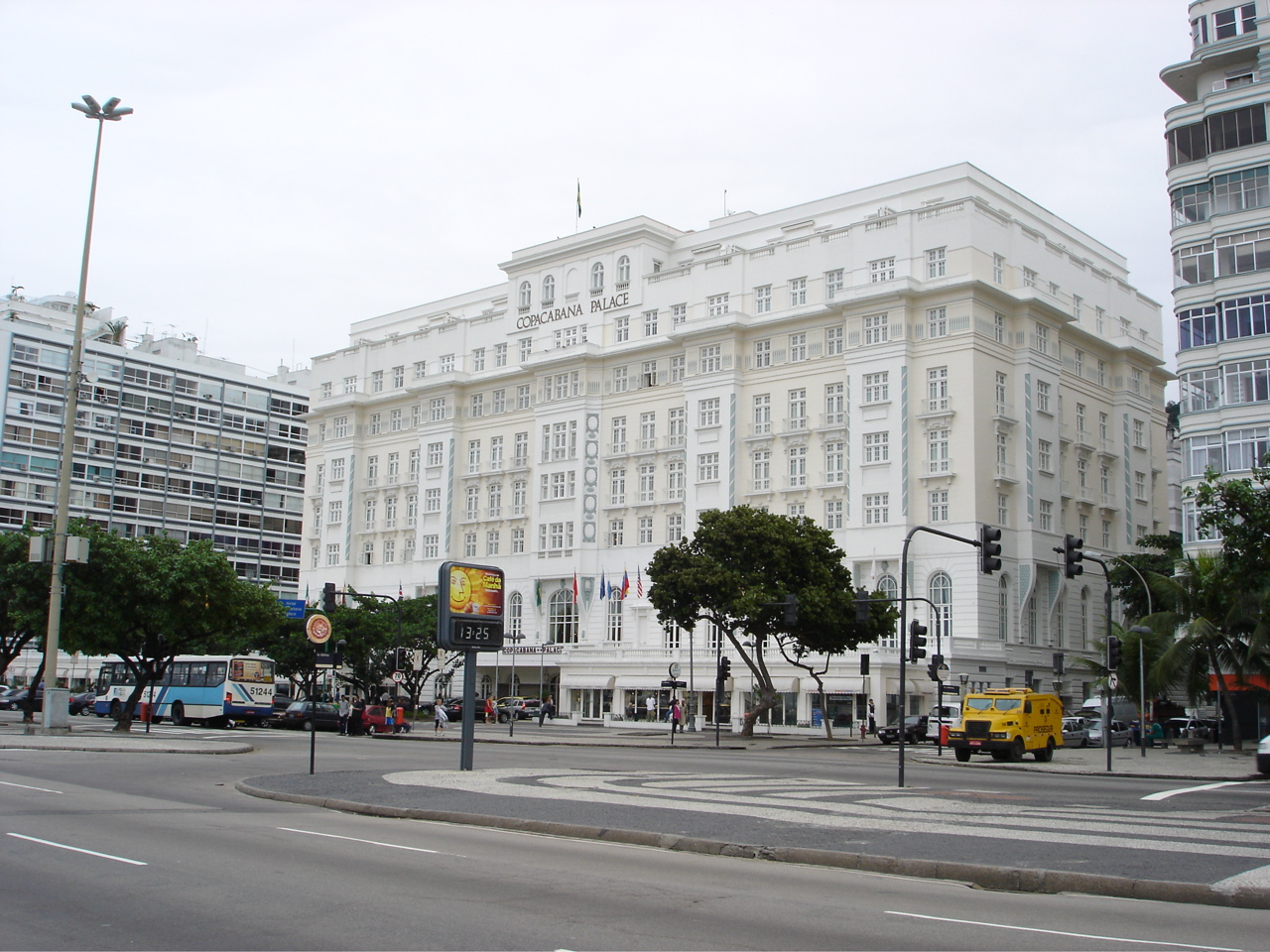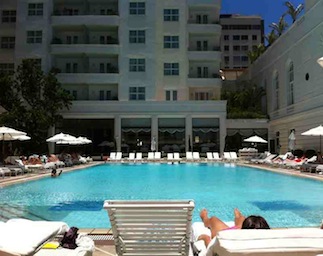

Rio de Janeiro
Rio de Janeiro is the second largest city in Brazil, on the South Atlantic coast. Rio is famous for its breathtaking landscape, its laidback beach culture and its annual carnival. The harbour of Rio de Janeiro is comprised of a unique entry from the ocean that makes it appear as the mouth of a river. Additionally, the harbor is surrounded by spectacular geographic features including Sugar Loaf mountain at 395 m (1,296 feet), Corcovado Peak at 704 m (2,310 feet), and the hills of Tijuca at 1,021 m (3,350 feet). These features work together to collectively make the harbor one of the Seven Natural Wonders of the World
Rio contains of five districts:
Centro including Lapa and Santa Teresa. The city's financial and business centre also has many historic buildings from its early days, such as the Municipal Theatre, National Library, National Museum of Fine Arts, Tiradentes Palace, Metropolitan Cathedral and Pedro Ernesto Palace.
Zona Sul (South Zone) including Copacabana, Leblon and Ipanema, as well as the districts along Flamengo Beach. Contains some of the more upscale neighborhoods and many of the major tourist sites, such as the Rodrigo de Freitas Lagoon, and Sugar Loaf and Corcovado Mountains.
Zona Norte (North Zone). The Maracanã stadium, Quinta da Boa Vista Park with the National Museum the city's Zoo, the National Observatory and more.
Zona Oeste (West Zone), a rapidly growing suburban area including primarily the districts of Jacarepaguá and Barra da Tijuca, popular for its beaches. Most of the Olympics in 2016 will be hosted there.
Rio de Janeiro is the most visited city in the southern hemisphere and is known for its natural settings, carnival celebrations, samba, Bossa Nova, balneario beaches such as Barra da Tijuca, Copacabana, Ipanema, and Leblon, the Christ The Redeemer (Cristo Redentor) statue, the stadium of Maracanã and Sugar Loaf Mountain (Pão de Açúcar) are all well-known sights of what the inhabitants call the "marvelous city" (cidade maravilhosa), and are also among the first images to pop up in travelers´ minds, along with the Carnaval celebration.
The South Zone holds most of Rio's landmarks and world-famous beaches, in an area of only 43.87 square km (17 square miles). Many of them are within walking distance of each other (for instance, the Sugar Loaf lies about 5 miles from Copacabana beach). Most hotels and hostels are located in this part of the city, which is compressed between the Tijuca Range (Maciço da Tijuca) and the sea. There are important places in other regions as well, such as Maracanã stadium in the North Zone and the many fascinating buildings in the Centre.
Cariocas (people from Rio) have a unique beach culture, with a code of customs which outlanders (even Brazilians from other cities) can misconstrue easily. Despite what many foreigners may believe, there are no topless beaches. Girls can wear tiny string bikinis (fio dental), but it doesn't mean they're exhibitionists. For most of them, it's highly offensive to stare.
There is no shortage of things to do on a rainy day. In addition to a wide range of museums, Rio has many cultural centres, which are run by banks and other organizations and usually host free exhibitions. Details of what is on can be found in the Segundo Caderno section of the daily O Globo newspaper, which provides more detail in a weekly Friday supplement. Also very useful is the Mapa das Artes Rio de Janeiro, which provides detailed bi-monthly listings as well as detailed maps of the city. This is free and can be picked up at most museums.
The official song of Rio de Janeiro is "Cidade Maravilhosa", which means "marvelous city". The song is considered the "civic anthem" of Rio, and is always the favourite song during Rio's Carnival in February. Rio de Janeiro is a centre of the urban music movement in Brazil. Being in Rio and not going to one of the countless samba live music bars, certainly you've missed a lot on your trip. In Lapa, the nightlife district of Rio, there are many nice bars with great atmosphere where locals go for dancing and meeting people. There are a couple of them in the Zona Sul as well. For those who like to go clubbing, Rio has some good options. You'll be seeing lots of flyers and talk about "raves" Usually Rio's raves are devoted to trance, which is pretty popular, especially with the upper-class youngsters, though some electronic parties do have good djs and live acts from around the world. The night in Rio is pretty much divided between mainstream and underground.
In Rio de Janeiro you can probably find something to fit any craving. A good approach to local food is "comida a kilo" - buffet style restaurants where you pay by the weight of the food on your plate. Don't miss the Brazilian most famous dish, the feijoada (fay-zho-AH-da), a black bean stew filled with big chunks of meat, like sausages, pork and beef. Along with the "feijoada", you also get some colorful side dishes that come with it, such as rice, cassava (roasted manioc), collard greens, fried pork rinds, and some orange slices, to sweeten things up a bit. This is bonafide, authentic carioca culinary excellence, almost worth the trip alone! Best while sipping down a "caipirinha". Brazil has the largest population of Japanese outside of Japan, and sushi has become widely popular in Rio too. If you are a sashimi and sushi lover, you will find a great deal of options in Rio de Janeiro. Because its huge coast, many Brazilian specialties are in the seafood area. They are very rich in shrimps, lobster, calamaris, shellfish, clams, mollusks and many other tasty fishes. Rio is also famous for its pastries and street food, heritage from Portuguese and old European culture.
When shopping in street commerce, always bargain; this can lower prices considerably. Bargaining in stores and malls, though, is usually impolite. But naturally merchants won't bargain unless you ask, especially if you are clearly a tourist. Shopping malls can be found all over town, with the cheaper ones in the Zona Norte like Shopping Tijuca and Shopping Iguatemi and popular upscale shopping malls concentrated in the Zona Sul like Shopping Rio Sul and Shopping Leblon and Sao Conrado Fashion Mall and BarraShopping in Zona Oeste.
Rio de Janeiro wikipedia website
Rio de Janeiro wikitravel websiteSport in Rio de Janeiro
The Raizen Grand Champions Rio provides the city of Rio de Janeiro and the country of Brazil with another event in the most exciting sporting decade imaginable.
In 2014, the FIFA World Cup will visit its shores, and two years later, the 2016 Summer Olympic Games will take place. Commonly referred to simply as Rio, the capital city of the State of Rio de Janeiro is the second largest city of Brazil (behind Sao Paulo, which hosts another ATP Champions Tour tournament), and the third largest metropolitan area in South America, boasting more than six million people.
Rio de Janeiro represents the second largest GDP in the country and is the most visited city in the southern hemisphere. It is known for its natural settings, carnival celebrations and beaches, as well as the giant statue of Christ the Redeemer atop Corcovado mountain, which is one of the New Seven Wonders of the World.
Celebrated for its footballing prowess (soccer), Brazil, and Rio in particular possesses one of the most spectacular stadiums in the world - The Maracanã Stadium - which holds 82,238 spectators and will host the FIFA World Cup final in 2014.
